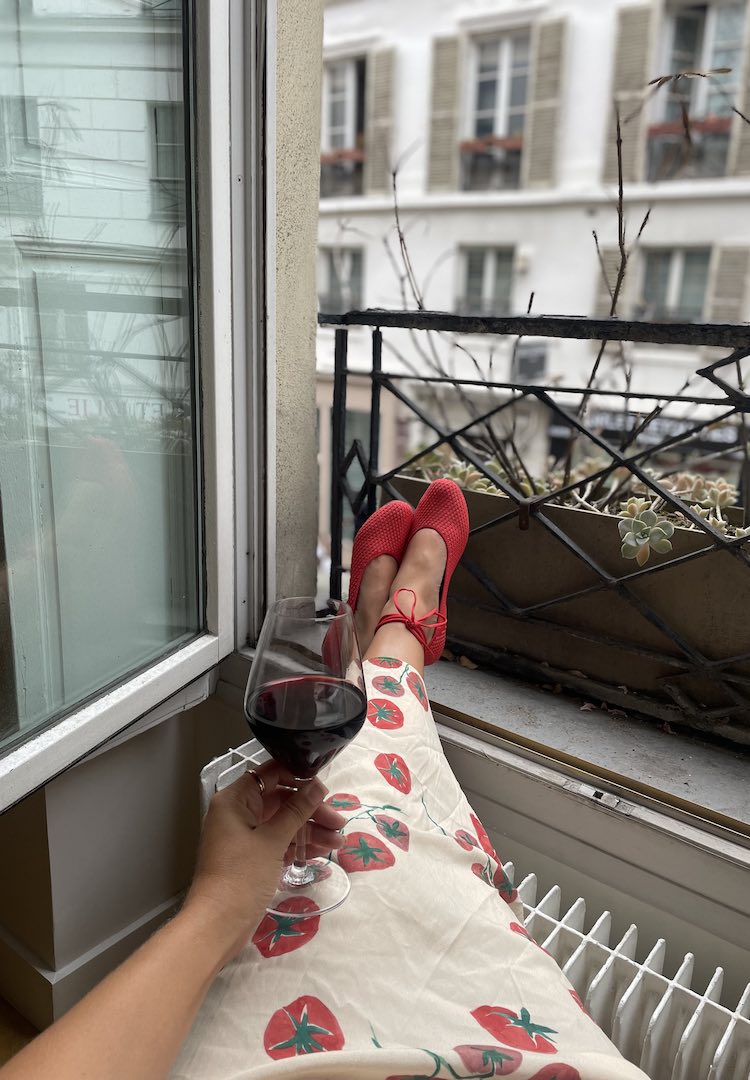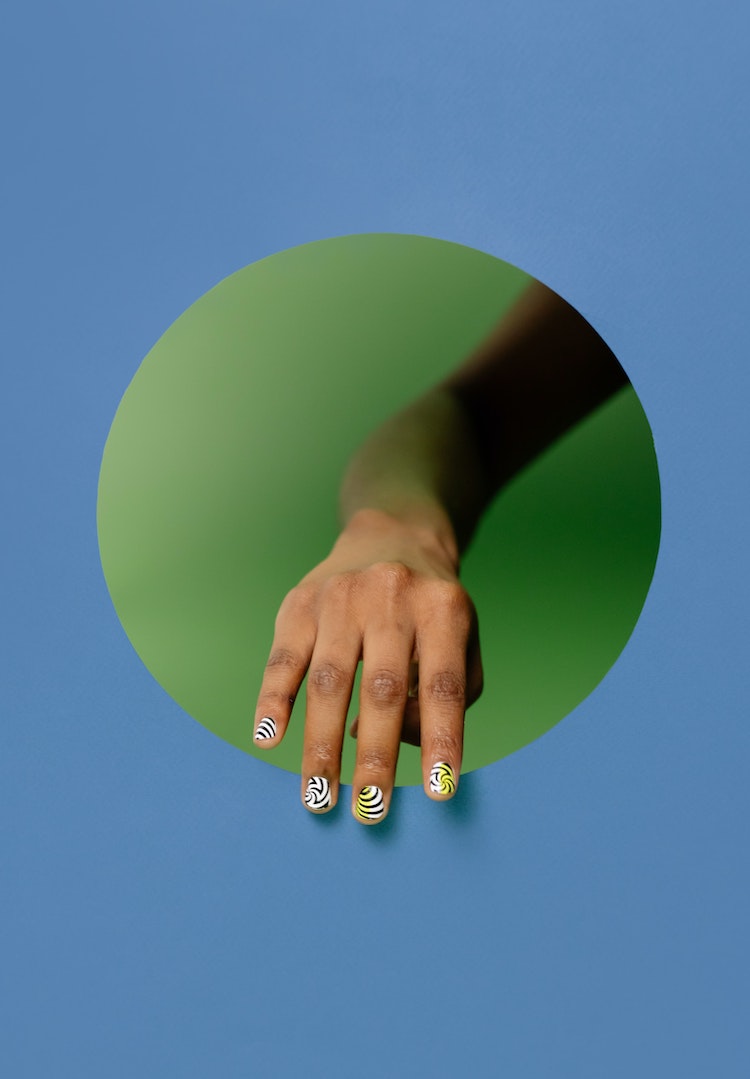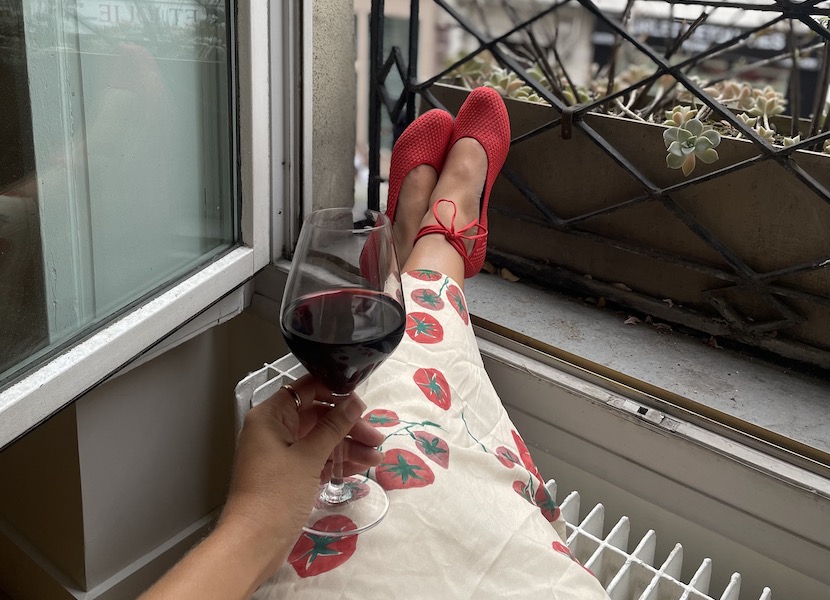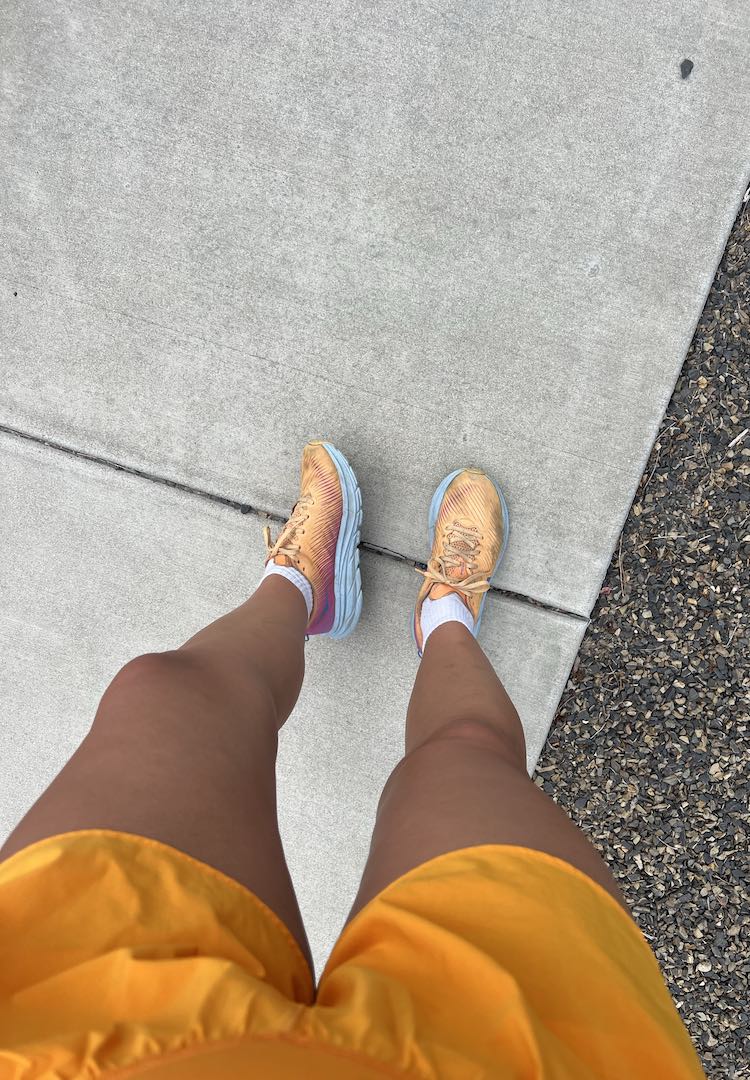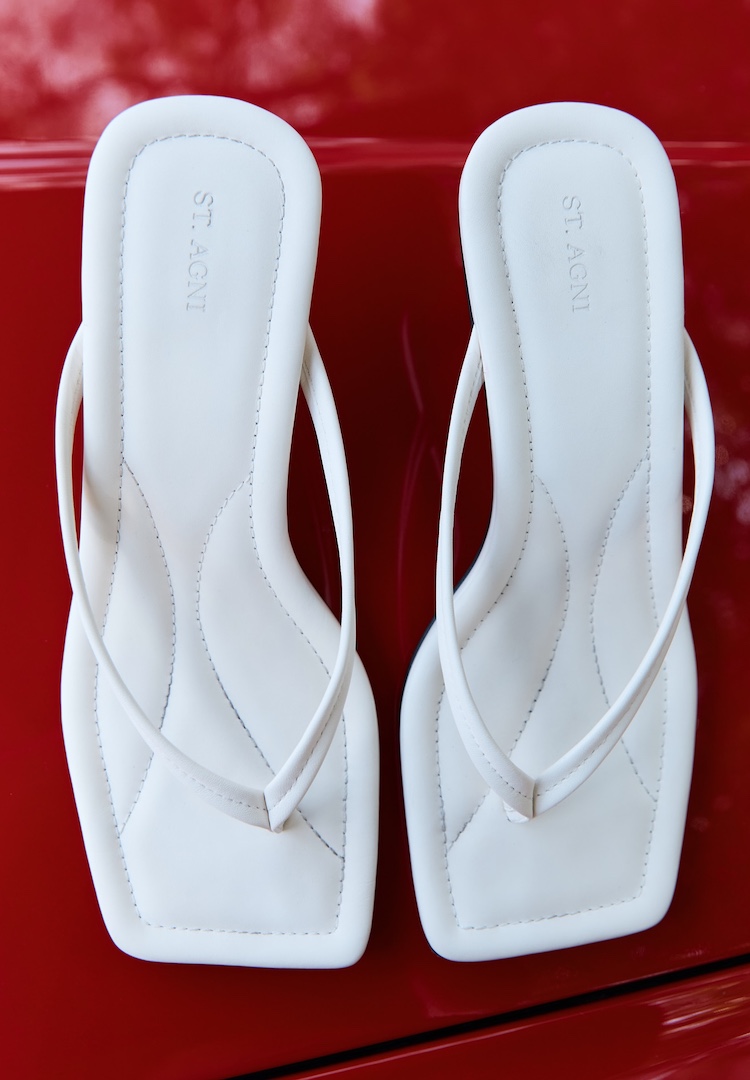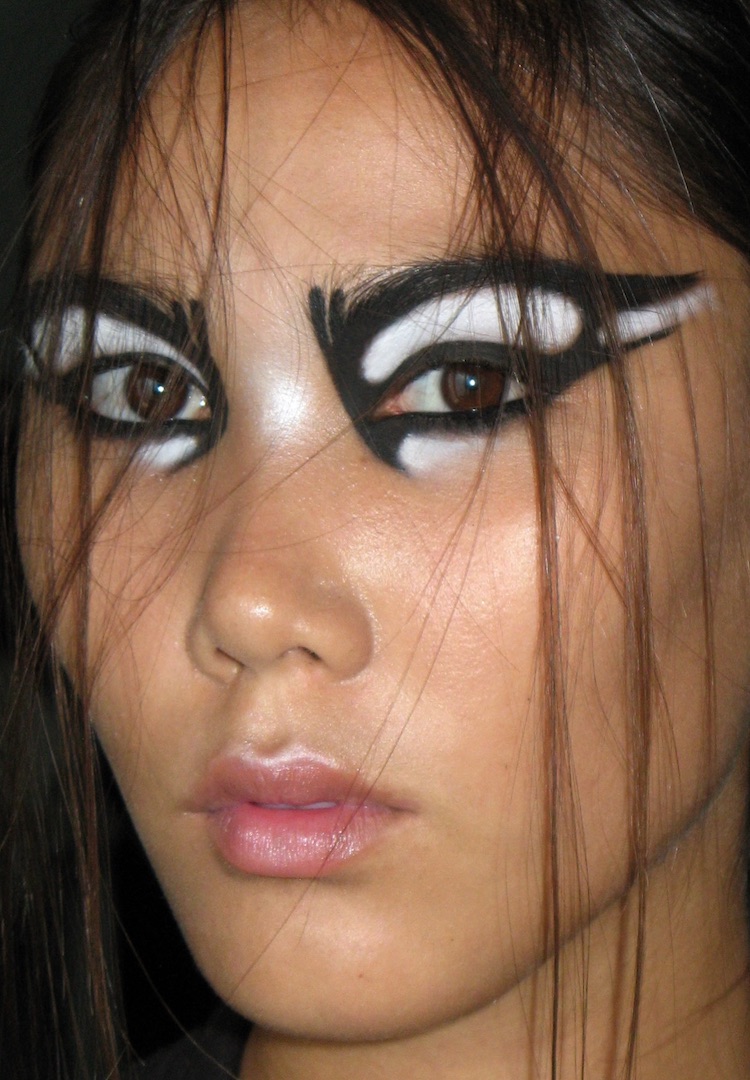A podiatrist’s guide to stepping into spring with pretty feet
WORDS BY MARYEL SOUSA
Spring cleaning, but for your feet.
My toxic trait is that if I don’t see something for a while, I forget about it. My letterbox goes unattended for months because it’s on the other side of my apartment building. Avocados mummify in my fridge if they roll too far to the back. And since my toes have been snugly tucked away in socks and sneakers for the last few months, I’ve forgotten about them, too.
As Melbourne begins to defrost and my sandals come out of their hiding space, I realised it may be time to prepare my feet for their spring debut. To learn more, I chatted with podiatrist Alice Corbett about caring for our feet as we step into the warmer months.
For more health and wellness advice, head on over to our Health section.
How important is it to regulary exfoliate our feet?
In each foot, we have approximately 125,000 sweat glands! So, it’s quite the incentive to bend down and give those feet a good scrub. Regular body soap with a loofa or brush is recommended for the softer skin on the top of the feet and between the toes. A pumice stone or foot file is ideal for the soles of the feet to reduce any buildup of skin that may gradually form over time.
What are our options for dealing with stubborn calluses?
Callus is the thickening and hardening of skin, often found on the soles of the feet or between toes. The skin toughens due to friction or pressure from walking, activities like sport or poorly fitting footwear. It develops to help protect us, but it can be unsightly and, in some cases, painful.
An easy option to keep calluses at bay is simply using a coarse nail file to reduce the thickness. Do this when you cut your toenails or more regularly if required. Foot creams that specifically contain urea can make a huge difference in how quickly callus returns if applied daily. Your local podiatrist will work miracles for thick calluses and corns. We expertly use sterile tools to safely and painlessly remove unwanted calluses.
How should our foot care routine change with the seasons?
As summer approaches, we move into more open shoes, which can cause our skin to dry out quickly, resulting in dry skin, calluses and sometimes, cracked heels. A cost-effective option you can pick up from your local chemist is a heel balm.
On the other hand, warmer weather motivates us to get those trainers back on. Warmer seasons, shoes, socks and sport can be a sweaty situation – the perfect environment for fungal infections such as athlete’s foot and fungal toenails. Good foot hygiene is essential to help prevent this, and treatment is often required to resolve the associated redness, itchiness and discomfort.
And who doesn’t want freshly painted summer toenails? Just be mindful not to leave nail polish, particularly shellac or gel nails, on for too long. Your nails need the opportunity to breathe, and having nail polish on them for too long can cause them to become brittle and discoloured.
What are your tips for avoiding blisters when breaking in new shoes?
After months of cosy socks and comfortable closed-in shoes, our skin is more sensitive and prone to developing blisters with new shoes. Strappy sandals and firmer materials can rub, causing nasty hot spots and blisters.
Our feet are always slightly larger and more swollen at the end of the day, particularly in warmer weather. Be sure to go shoe shopping to try on shoes at the end of the day to accommodate this. Don’t be afraid to size up in a shoe to avoid rubbing and compression. It’s also a great idea to wear your shoes around the house before taking them out and about. This allows you to gradually expose the skin to any areas of high pressure and exchange your shoes if they aren’t the right fit for you.
Podiatrists often use blister prevention taping to help prevent blisters. We use specialised techniques and tapes to help avoid friction and compression on susceptible tissues as they build up resistance.
What are some salon red flags to watch for when getting a pedicure?
Hygiene is paramount! Not all salons use sterilised or fresh tools – some may use the same tools for multiple clients. Unfortunately, this can increase the risk of picking up a fungal or bacterial infection through open skin. Spend time researching if salons properly sterilise their tools and keep an eye on how they handle their equipment during the session. Some clients take in their own files and nail polish to further avoid this risk.
Podiatry clinics adhere to strict health and safety guidelines, including a high cleaning and sterilisation standard of all clinical tools for each individual use. Our tools are always individually packaged in blue bags, and we only use single-use products once before disposing of them.
For more on caring for your toes this summer, head here.

